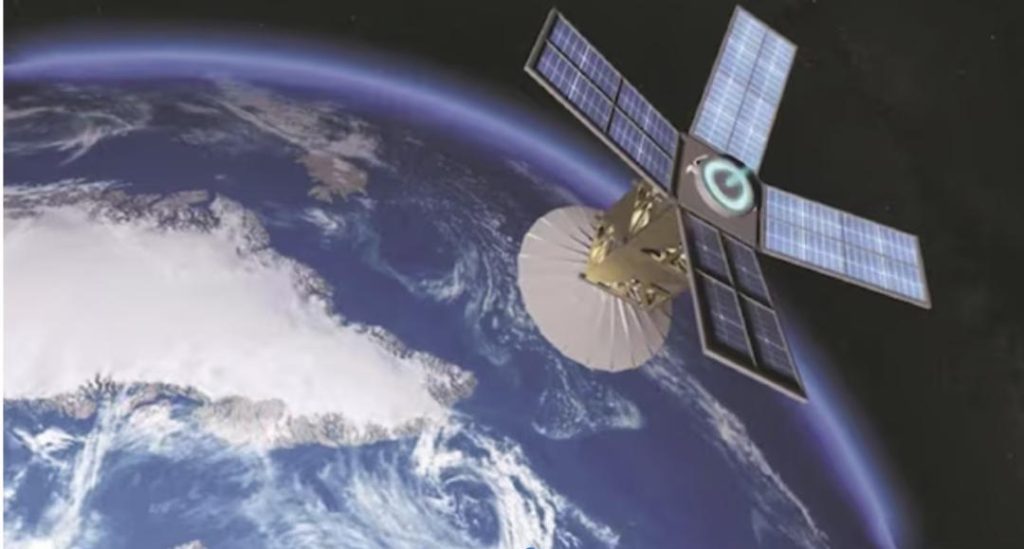
Silent for Decades, NASA’s 1960s Satellite Sends Radio Signal
In a stunning turn of events, NASA’s 1964 Relay 2 satellite, thought to be long dead and silent, has sent a powerful radio pulse to astronomers on June 13. The surprise signal has sparked new discussions on tracking space junk and understanding electrostatic events in Earth’s increasingly crowded orbit.
Relay 2, launched in December 1964, was designed to provide communication services for NASA’s Gemini and Apollo missions. However, it went silent in 1969, and its status was assumed to be that of a space junk, lost in the vastness of space.
Fast forward to June 13, when astronomers detected a strong radio signal emanating from the dormant satellite. The signal, which lasted for about 10 seconds, was picked up by the Green Bank Telescope in West Virginia, USA. The surprise finding has raised many questions about the cause of the signal and its implications for space exploration.
According to NASA, the signal is likely due to either electrostatic discharge or micrometeorite impact. Electrostatic discharge occurs when an object in space builds up an electric charge due to interactions with its surroundings, and a sudden release of energy can create a radio signal. Micrometeorite impact, on the other hand, is a more violent event that can also generate a radio signal.
Dr. David Smith, a radar astronomer at the University of Texas, was part of the team that detected the signal. “We were thrilled to see the signal come in,” he said in an interview. “It’s a great reminder that even old satellites like Relay 2 can still surprise us.”
The discovery of the signal has significant implications for space exploration. With thousands of satellites orbiting Earth, the risk of collisions and the accumulation of space junk is a growing concern. The finding highlights the importance of monitoring and tracking old satellites to ensure they do not pose a hazard to operational spacecraft.
Moreover, the signal has sparked renewed interest in understanding electrostatic events in space. Electrostatic discharge can occur on satellites and other objects in space, and understanding its mechanisms can help scientists better predict and mitigate its effects.
NASA’s Relay 2 satellite is just one of many old satellites still orbiting Earth. In fact, there are thousands of dormant satellites, space debris, and other objects in Earth’s orbit, posing a significant risk to operational spacecraft. The discovery of the signal has opened up new discussions on how to track and manage these objects to ensure the safety of space exploration.
The finding also underscores the importance of preserving historical data and records of NASA’s early space missions. The Relay 2 satellite was an important part of NASA’s early space exploration efforts, and its rediscovery has provided a unique opportunity to learn more about its history and significance.
As scientists continue to study the signal, they hope to learn more about the cause of the radio pulse and its implications for space exploration. The discovery of the signal has also raised questions about the potential for other old satellites to still be operational, waiting to be detected.
In conclusion, the sudden rediscovery of NASA’s 1960s Relay 2 satellite has sent shockwaves through the scientific community. The signal, likely caused by electrostatic discharge or micrometeorite impact, has sparked new discussions on tracking space junk and understanding electrostatic events in Earth’s increasingly crowded orbit. As scientists continue to study the signal, they hope to learn more about the significance of this rediscovery and its implications for the future of space exploration.
Source:
https://www.breezyscroll.com/world/nasa-lost-satellite-radio-signal-2025/






